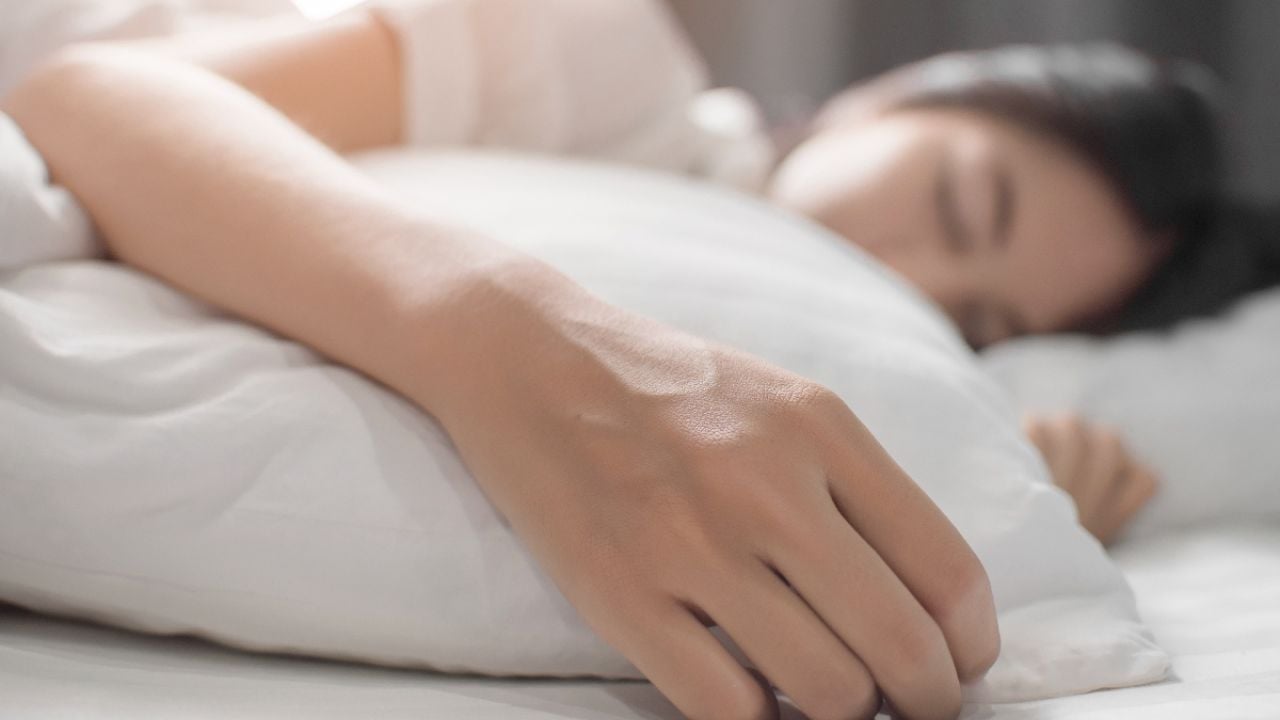
How hard can it be to buy a mattress? The answer: There’s more to consider with this big ticket consumer item than you might suspect – including your health.
A mattress is a purchase you may make only every decade or so. It pays to search carefully for a new mattress because some of these products can be made with toxic chemicals that may hurt your health while you’re sleeping.
What to look for
To help, we’ve got some tips for you to keep in mind when you shop for a new mattress free from toxic chemicals.
Aside from the usual factors to consider when buying a mattress – considering your sleep habits, back issues, body size – you’ll want to take a look at the materials the mattress is made of. Some are healthier for you and the environment than others:
- Memory foam – made of polyurethane foam, which allows it to conform more readily, and may emit volatile organic compounds, or VOCs.
- Latex – natural latex comes from rubber trees and can be found in organic mattresses.
- Innerspring – a traditional, bouncy mattress that uses metal coils to provide support, and most often is sold with a matching foundation.
- Hybrid – with coils on the bottom topped by memory foam or latex, more popular of late, especially for online brands.
- Adjustable – a mattress with an air chamber that allows you to control the firmness (not to be confused with an air mattress).
Health harms of contemporary mattresses
Mattresses often contain toxic chemicals like petroleum-based chemicals, foam, plastics and flame retardants such as fiberglass. But companies aren’t required to reveal the materials they use.
The mattress components contain and emit chemicals that can worsen indoor air quality and cause a range of health harms. It’s especially concerning since we spend so much of our time sleeping and in our beds.
Flame retardants, for instance, like antimony trioxide have been linked to cancer, and fiberglass can cause respiratory harm and skin rashes. PVC and vinyl, if used as mattress covers, can harm the reproductive system.
And polyurethane foam, commonly found in numerous mattresses, releases potentially harmful VOCs over extended periods, posing health concerns. Exposure to these VOCs can lead to respiratory irritation, trigger asthma symptoms, and, in the long term, elevate the risk of cancer. Despite the appealing term “memory foam,” it remains a form of polyurethane foam. Even foam marketed as “plant-based” is primarily composed of polyurethane.
Some companies add “fragrance,” a mystery concoction that may include as many as thousands of chemicals, to their mattresses. Used to mask other odors, it can cause allergic reactions and harm to the hormone system.
Exposure to these chemicals can be even more harmful to babies because of their developing bodies and because of how much time they spend in their crib.
Healthier materials
But it’s tough trying to weed through all these considerations and the alphabet soup of mattress industry certifications – standards for healthier, safer mattresses – can be overwhelming. They aren’t always founded on the idea of protecting our health.
You may be familiar with the voluntary standards such as Global Organic Textile Standard, or GOTS, and, for mattresses made with latex, the Global Organic Latex Standard, or GOLS. Anything certified GOTS must be 95 percent certified organic, and even the other 5 percent can’t include certain toxic chemicals, like polyurethane. The GOLS certification ensures the same thing but for latex, setting limits for other toxic chemicals, like formaldehyde.
The Department of Agriculture permits the label “organic” even if just a part of the mattress is certified organic.
The Greenguard Environmental Institute created a certification that prioritizes indoor air quality. It addresses concerns about chemical emissions that can compromise the air we breathe indoors. The certification programs ensure that mattresses undergo rigorous testing, and set strict criteria for low chemical emissions to create better indoor air quality.
A mark you can rely on
As with other categories of consumer goods, the EWG VERIFIED® mark on a mattress makes it easier to choose what you want.
EWG’s research team developed a strict set of standards to be followed in the manufacturing of all products that bear the EWG VERIFIED mark.
An EWG VERIFIED mattress meets our highest safety standards, protecting consumers from a wide range of toxic chemicals, including those that may cause allergic reactions, be associated with cancer risk, and potentially harm the respiratory and hormone systems, among other health concerns.
The EWG VERIFIED mark shows consumers that a product meets our strictest criteria, based on a variety of health and environmental standards. EWG VERIFIED baby and adult mattresses are:
- Made with transparency, with all ingredients and materials used publicly disclosed.
- Made with safer product materials and lower-emitting volatile organic compounds.
- Prohibited from using harmful chemical flame retardants and fiberglass.
- Prohibited from using PVCs and the “forever chemicals” known as PFAS.
In 2023, California Gov. Gavin Newsom signed into law a ban on the sale of mattresses and upholstered furniture containing fiberglass, a harmful flame retardant. Sponsored by EWG and receiving bipartisan support, this legislation ensures consumer protection from fiberglass exposure, safeguarding skin, eyes and lungs.
California and other states have also banned chemical flame retardants because of the potential harm they pose to reproductive and nervous systems.
Other considerations
Here are a few other things to keep in mind when you shop for a new mattress:
Modular mattress. Consider opting for a modular mattress that allows individual components or layers to be replaced as they wear out. This way, you can replace specific parts rather than investing in an entirely new mattress.
Be wary of sales. Many companies continuously advertise their products as “on sale” to boost their profits. Look for value and good materials instead.
Ask for a better price. Consumer Reports says around 70 percent of online mattress shoppers who asked for a better price got one, and 62 percent of shoppers in bricks-and-mortar stores. The median savings: $250.
Check the return policy. Make sure you have time to test the mattress to see if it will work for you. Most companies have a 100-day window, but check the policy to see whether you’ll need to pay a penalty and how much of a hassle it will be.




